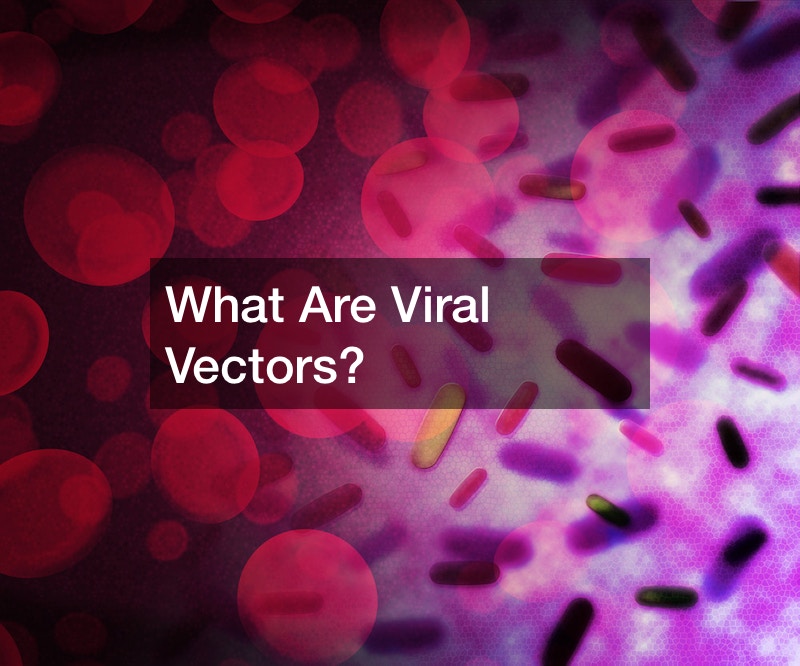
This video describes how viral vectors help in gene therapy, genetic engineering, and DNA vaccination. Viral vectors need to be highly pure for them to work effectively. Viral vector purification isolates the viral component of a mixture of DNA and protein. The goal is to produce a homogenous preparation of the desired virus.
Viral vectors are viruses that deliver genetic material into cells. Viral vectors can be used to introduce various types of genetic material into cells. Viral vectors are useful for gene therapy because they can infect cells and deliver their payload without causing disease. Viral vectors come in many types, each with its advantages and disadvantages. The most commonly used viral vectors are adenovirus, retroviruses, poxviruses, and lentiviruses.
The purpose of viral vector purification is to eliminate any contaminating proteins (e.g., bacterial proteins), lipids (e.g., cell membrane fragments), nucleic acids (e.g., plasmid DNA), and other cellular components. Viral vector purification can be used in research, gene therapy, cancer treatment, and vaccine development. The purpose of viral vector purification is to eliminate any contaminating proteins (e.g., bacterial proteins), lipids (e.g., cell membrane fragments), nucleic acids (e.g., plasmid DNA), and other cellular components. Isolation involves identifying viruses using centrifugation, filtration, and ion exchange chromatography. It’s paramount to remember that the isolation process can only remove non-viral material.








